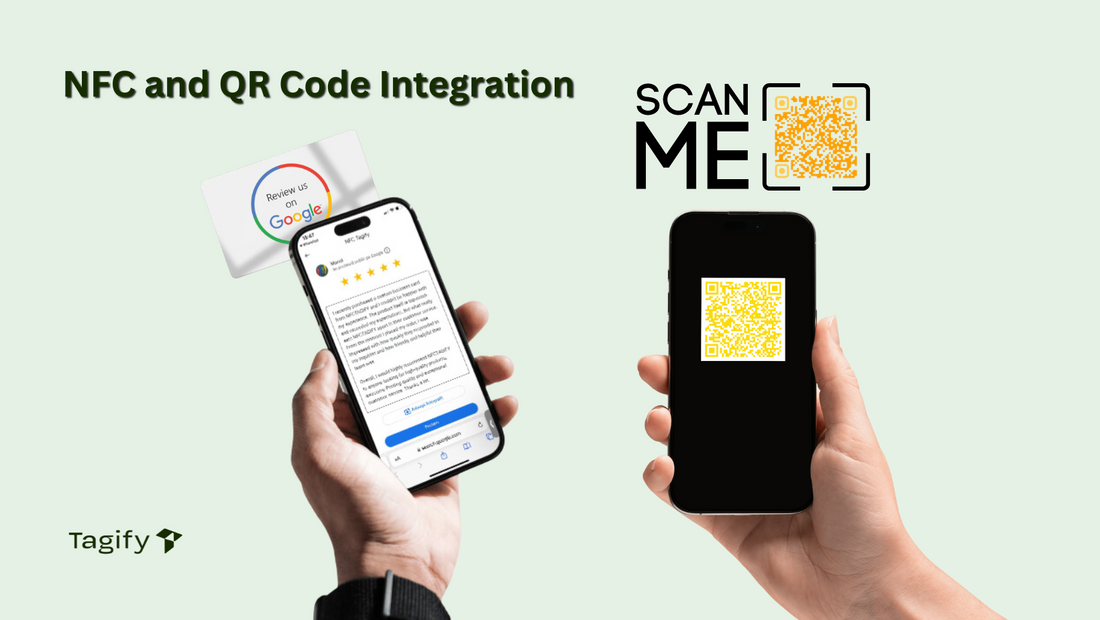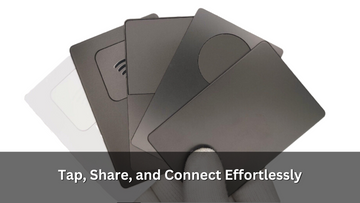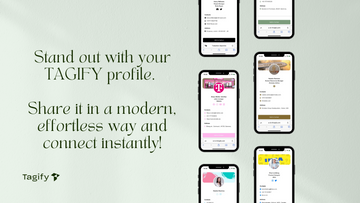NFC and QR Code Integration

Comparative Analysis of NFC and QR Codes
In today’s digital age, businesses and consumers alike are increasingly adopting innovative technologies to streamline processes and enhance interactions. Two of the most popular options are Near Field Communication (NFC) and Quick Response (QR) codes. While both technologies serve similar purposes—facilitating data exchange—they differ significantly in terms of functionality, user experience, and application.
Understanding NFC and QR Codes
NFC is a wireless communication technology that enables data transfer between devices over short distances, typically within a range of 4 cm. NFC tags can store a variety of information, from links to websites to contact details. To access the data, users simply need to tap their NFC-enabled device against the tag.
In contrast, QR codes are two-dimensional barcodes that can store information as a series of black squares on a white grid. Users must scan the QR code using a smartphone camera or a QR code reader app. The code can link to websites, product information, or promotional content. QR codes can be scanned from a distance, making them versatile for various applications.
Ease of Use
NFC technology offers a more seamless user experience. Tapping a card or tag eliminates the need to open an app or camera, allowing for instantaneous interaction. This convenience is particularly advantageous in retail settings, where quick transactions are essential.
QR codes, on the other hand, require several steps: the user must first unlock their phone, open the camera or an app, and then aim it at the code. While QR codes have become familiar to users, particularly during the pandemic, they still present a slight barrier to immediate engagement.
Customisation and Aesthetics
Customisation is a significant advantage of NFC technology. By using our products, such as customised NFC cards and table talkers, businesses can create NFC tags that not only offer functionality but also enhance aesthetic appeal. These items can be tailored to reflect your brand's identity, incorporating your own logo, colours, and unique designs alongside the NFC and QR code.
While QR codes are easily customisable in design, they often compromise aesthetics, as they must maintain scannability, which can limit creative options. Some brands have successfully integrated logos into their QR codes, but this can lead to a cluttered appearance compared to a well-designed NFC product. By choosing our customised NFC cards and table talkers, you can achieve a professional and cohesive look that enhances your brand image while ensuring functionality.


Versatility and Functionality
NFC technology is inherently versatile, offering a range of functionalities that extend beyond simple information sharing. For instance, NFC tags can be programmed to perform various actions, such as processing payments, connecting to Wi-Fi, or automating smart home devices. This multifunctionality makes NFC particularly appealing for businesses aiming to enhance customer interactions and streamline operations.
When it comes to Wi-Fi connectivity, it’s essential to consider that iPhone users can connect to Wi-Fi using QR codes, while Android devices can connect through both NFC and QR codes. This means you can create an NFC card or table talker that reflects this capability in its design, ensuring that all users can benefit from seamless connectivity. By incorporating both NFC and QR codes, businesses can cater to a wider audience, enhancing accessibility and convenience.
While QR codes primarily serve to link information or URLs, they lack the breadth of functionality offered by NFC. QR codes can provide access to websites or promotional material, but they do not integrate as seamlessly into operations. Businesses may find that NFC tags offer a more comprehensive solution for customer engagement, particularly when combined with eye-catching designs that reflect their brand identity.
By utilising our customised NFC cards and table talkers, you can maximise the benefits of both NFC and QR technology, creating a multifunctional tool that enhances customer experience while promoting your brand.
Security
When it comes to security, both NFC and QR codes have their strengths. NFC technology benefits from its short-range communication, making it less susceptible to interception than QR codes, which can be scanned from a distance. However, QR codes can be tampered with more easily, leading users to malicious websites if they are not cautious.
To enhance security, NFC transactions often require authentication through a secure element within the device, adding an extra layer of protection. This is particularly relevant for payment applications, where security is paramount.
Conclusion
In summary, both NFC and QR codes have distinct advantages and use cases. NFC offers a more seamless, versatile, and secure option for businesses looking to engage customers, while QR codes provide an accessible and familiar method for sharing information. As technology continues to evolve, businesses will need to assess their specific needs to determine which solution best suits their objectives.
For organisations considering the adoption of NFC technology, products such as customised NFC cards and table talkers can provide innovative ways to enhance customer experiences and streamline interactions.
Whether opting for NFC or QR codes, the key is to leverage these technologies to create memorable and engaging customer journeys that reflect the evolving landscape of digital communication.
We at NFC Tagify provide all sort of NFC Solutions or you may contact us: Tel. 01600800080, Email: info@nfctagify.com










